You can find this map permanently on our troop website under the "Upcoming Events" tab (yes, we are aware that it is a map of past events). :-) Let's see what new markers we can add next year!
Right now, the map includes all the trips taken as far back as September of 2008. That means we only need to find 85 more years of trips!
View Where We Have Been in a larger map


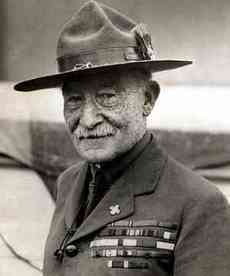
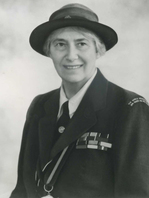
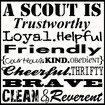
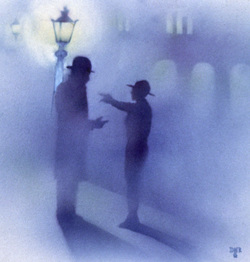

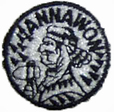
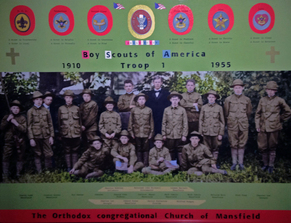
 RSS Feed
RSS Feed